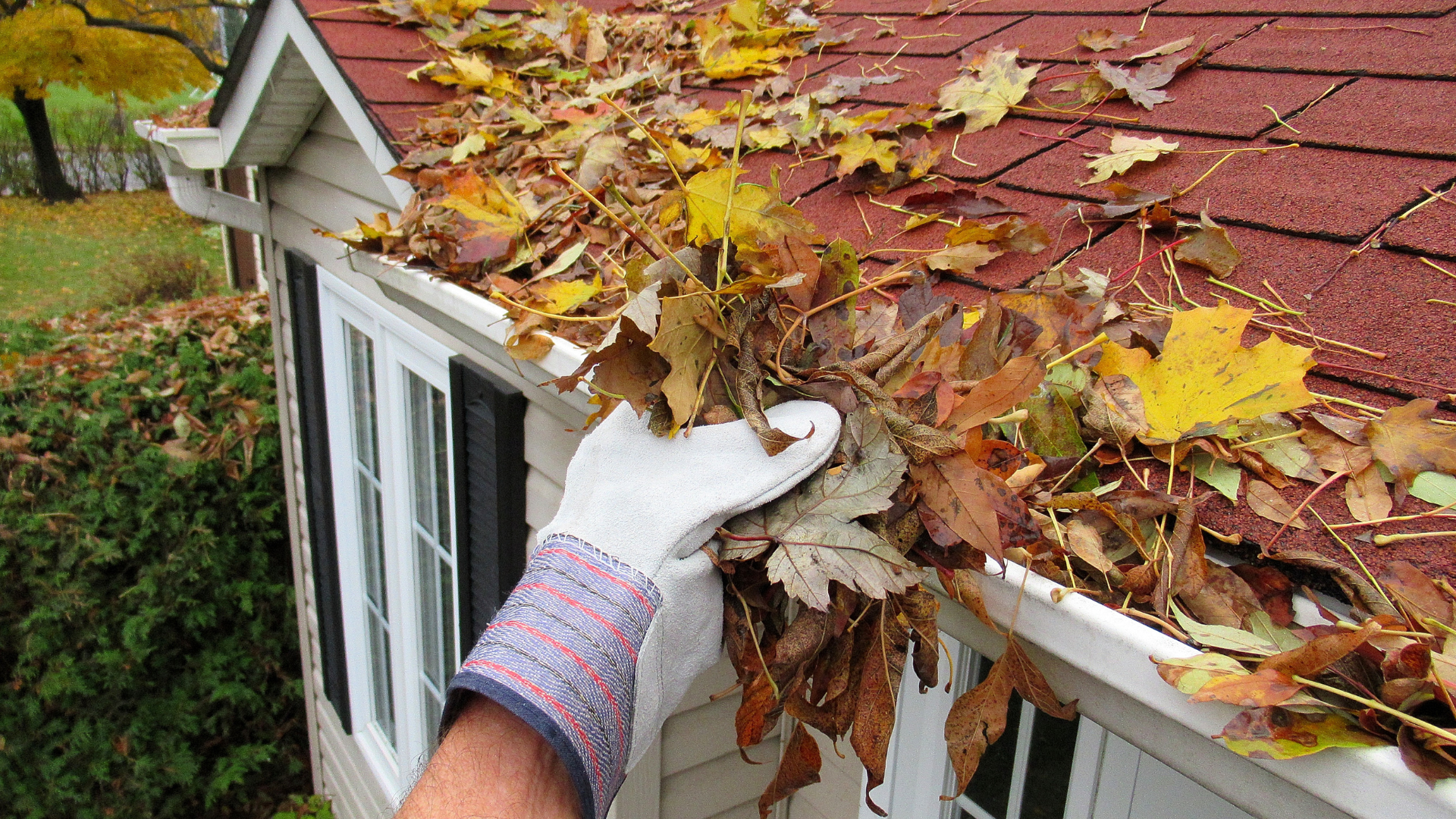A checklist to winter-proof your sacramento home this fall

For homeowners, prepping your house for the winter is just one of those things you can't skip out on. While hanging holiday lights, decorating your mantel, and watching Home Alone and The Grinch Who Stole Christmas on repeat is fun, there's much more to it.
Fall is a really good time to start thinking about your home maintenance as well as getting it ready for the colder weather. Here are a few items that you can do to get ready for the winter and help keep your home happy:
1. Weather-Proof Doors and Windows
It's important to get ahead of the winter weather and make sure your home is ready to handle the cold to come. Check your doors and windows closely for gaps and areas that may cause a draft. Use weatherstripping or caulk to seal them up, or consider replacing the windows or doors if the problem is severe enough.
2. Check your home’s heating and air conditioning system
Most heating and air systems typically last 12 to 15 years. We have seen systems that are pretty much dead at 10 years and some that are still going strong at 20 years. A lot of this has to do with how they’re maintained.
Before the weather turns cold, take this time to change your filters, at the very least. We recommend having the system inspected by a reputable HVAC contractor. Better yet, look into an annual maintenance agreement. Have the contractor check your system and make sure your heat is going to work when you need it. It’s much better to find an HVAC problem in the moderate temperatures of the fall than it is to find your furnace doesn’t work on a frigid winter day.
3. Clean Your Dryer Hose
Clogged dryer hoses pose huge fire hazards, in fact, according to the National Fire Protection Association, U.S. firefighters respond to approximately 14,630 house fires annually that were caused by dryers. Consumer Reports shares that you can prevent these house fires by cleaning your lint filter, emptying or replacing your dryer hose, and regularly checking the vent and exhaust.
4. Check your drainage
Make sure the soil around your foundation hasn’t settled, creating areas for water to pool at your foundation. If you find a low spot, simply fill it in with some soil. Then go around and check your rain gutter downspouts. Make sure water is getting moved away from the home. Add downspout extenders if necessary. Saturated soil around a foundation can create real problems throughout the winter months.
5. Clean your gutters
Once the leaves are pretty much off the trees, it’s time to clean those gutters. When your gutters back up, they overflow, and when they overflow, that water runs down your home, speeding up the deterioration of your exterior. It can also lead to deterioration of your foundation, water infiltration in the basement and to settling under your concrete porches and walks, which creates all kinds of problems.
6. Test your smoke and carbon monoxide detectors
Winter is the time most house fires happen. It’s the time of year when we’re blasting the furnace and building fires. We are also much more likely to have our home closed up tight, so carbon monoxide is a much bigger hazard. Check all of your smoke detectors to make sure they are working and that they have good batteries. If your home is not equipped with carbon monoxide detectors, consider getting some. The HVAC inspection will also ensure your furnace and water heater are properly vented, which is the most likely source of carbon monoxide.
7. Clean your chimney and order firewood
Have your fireplace cleaned and inspected before you start building those cozy fires in the next couple of months. A good chimney sweep company will make sure the fireplace is safe to use, and it can also identify maintenance problems. This is also the time to order that load of firewood. Take the time to stack and cover that wood in a good location in the yard. Make sure that old firewood isn’t rotten and move it away from your home.
8. Reverse Your Fans
Stephen Fanuka, host of Million Dollar Contractor, says turning your fans clockwise is a secret to saving money on heat in the winter since it will stop the warm air from rising, AKA keep it down where you want it to be. But how do you do this? Most ceiling fans have a switch that you can simply flip to reverse it—if the switch is not easily accessible on the outside of the fan, it may be somewhere inside.
9. Prepare your lawn for winter and set it up for a great spring
If you want that beautiful spring lawn, you have to give it attention in the fall. New grass does not grow when it’s too hot or too cold. If you want new grass to grow, you really only have September through November, then March through May to do it. If you neglect the fall, then you’ve cut your time in half. There are differing opinions on when you should overseed. I prefer fall. Once the heat breaks, your lawn can get some great growing time. So around late September, aerate the lawn and overseed it. Then in about late October or November, apply fertilizer with winterizer.
10. Make sure your attic doesn’t become a critter hotel
It’s going to get cold out and your attic is the perfect winter home for squirrels and birds. These critters can cause a lot of damage and potentially some heath problems. Make sure your trees are trimmed well away from the house, and make sure your gable vents are intact. It’s a good idea to tack a screen up behind your gable vent just in case. Also walk around your home and look up at your soffit and fascia. Make sure there are no holes that will allow birds to get in.
11. Cover your patio furniture
Get your patio furniture protected, but make sure you wait until a clear, warm day to cover it so you don’t trap moisture on it.



